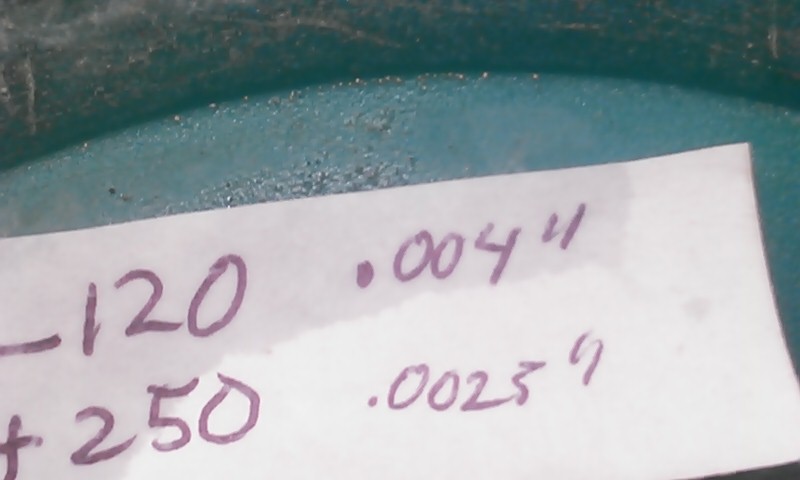H-2 CHARLIE
Bronze Member
- Dec 1, 2012
- 1,204
- 507
- Detector(s) used
- Gold bug pro / Minelab GM 1000
- Primary Interest:
- All Treasure Hunting
What's the easiest way to separate the last black sand from the micro , flower and fine gold .
Amazon Forum Fav 👍
Upvote
0








